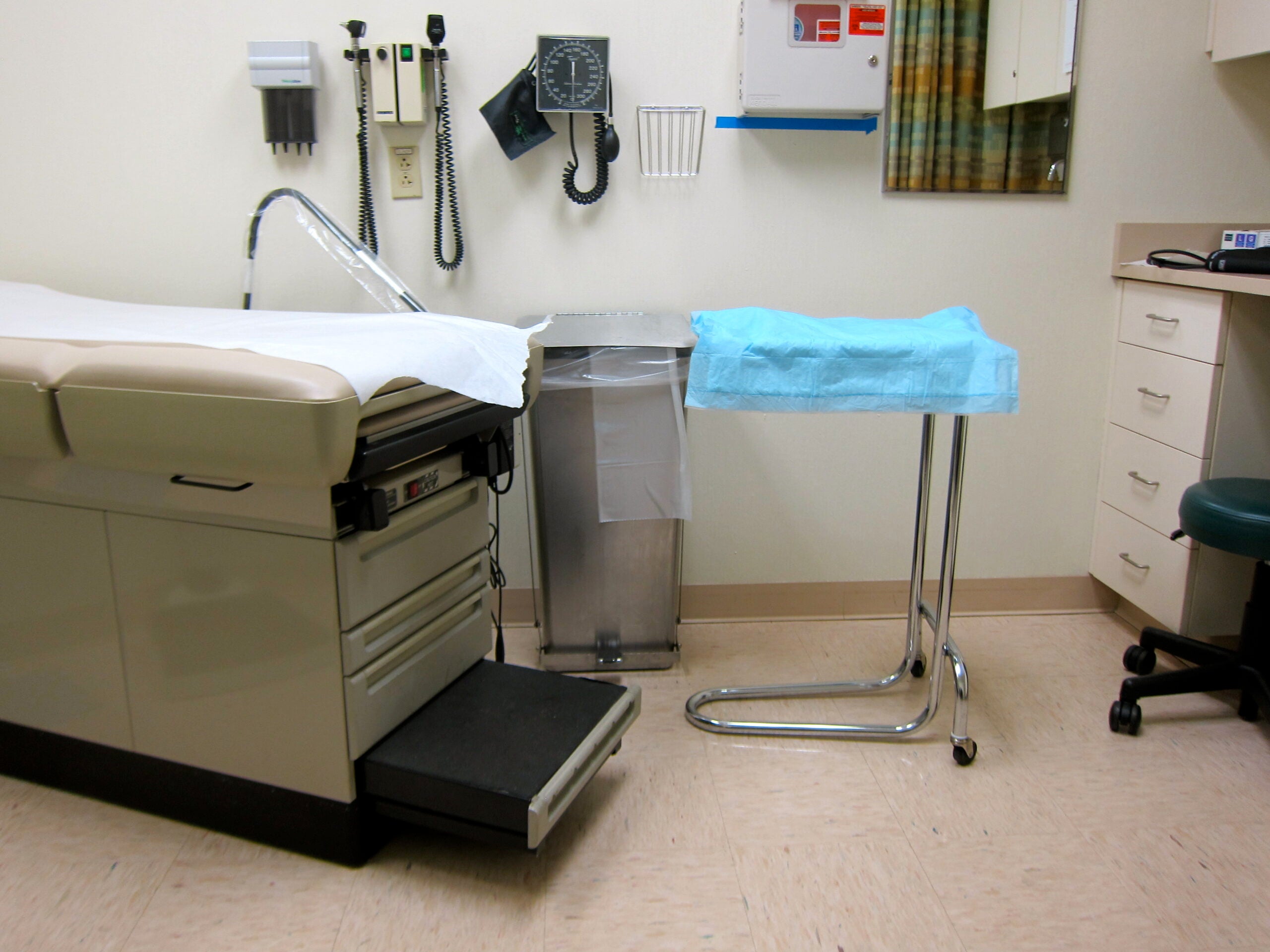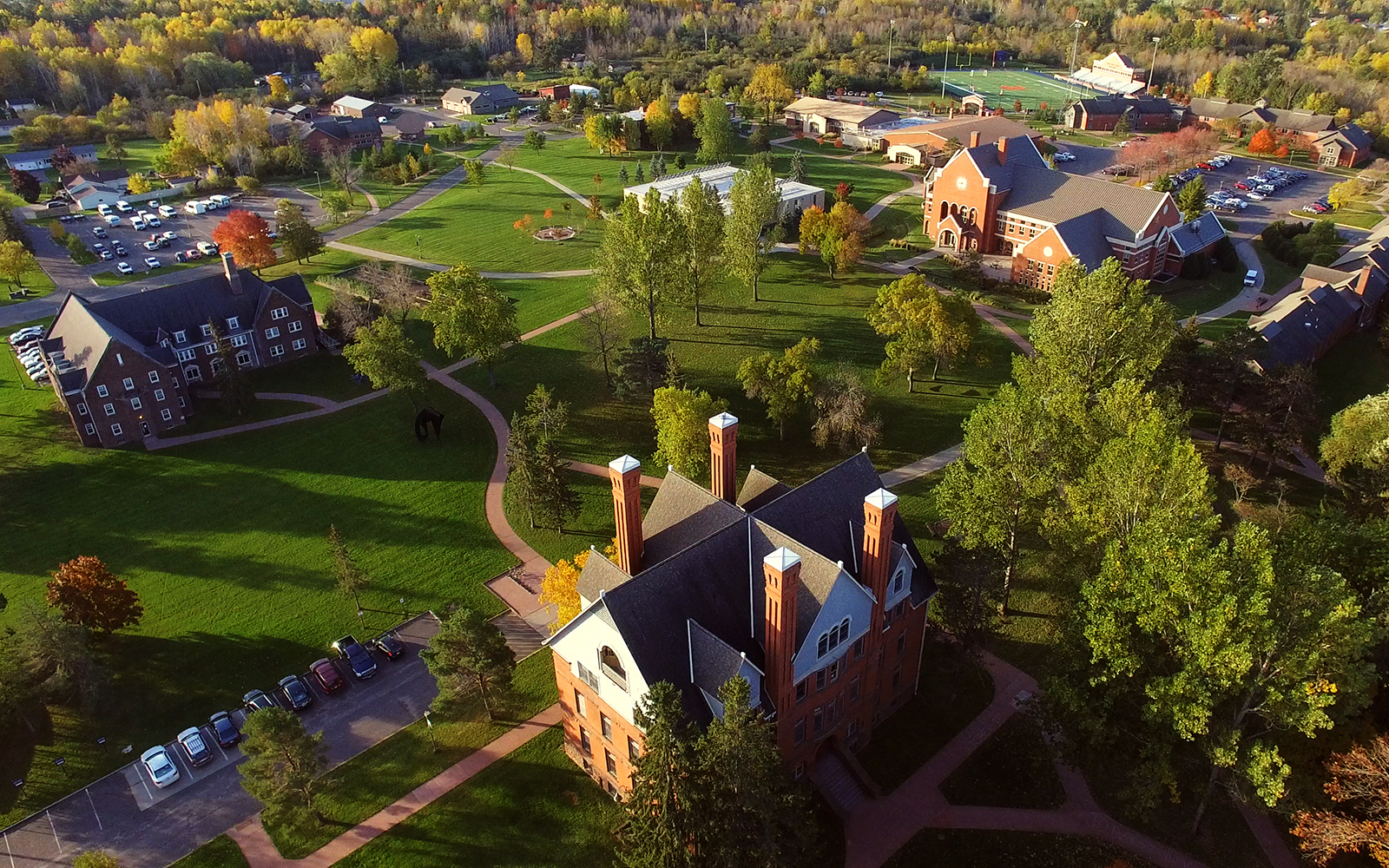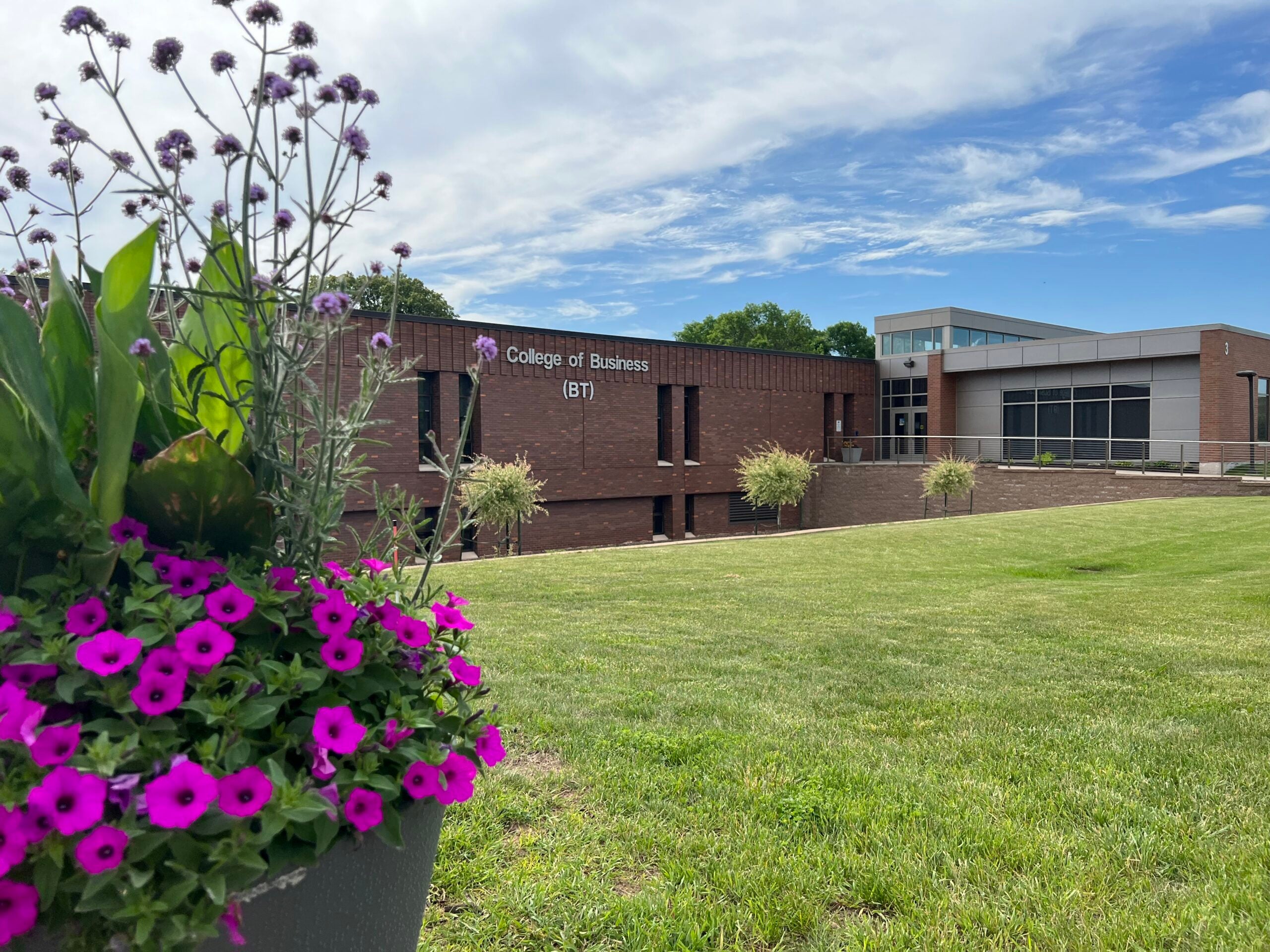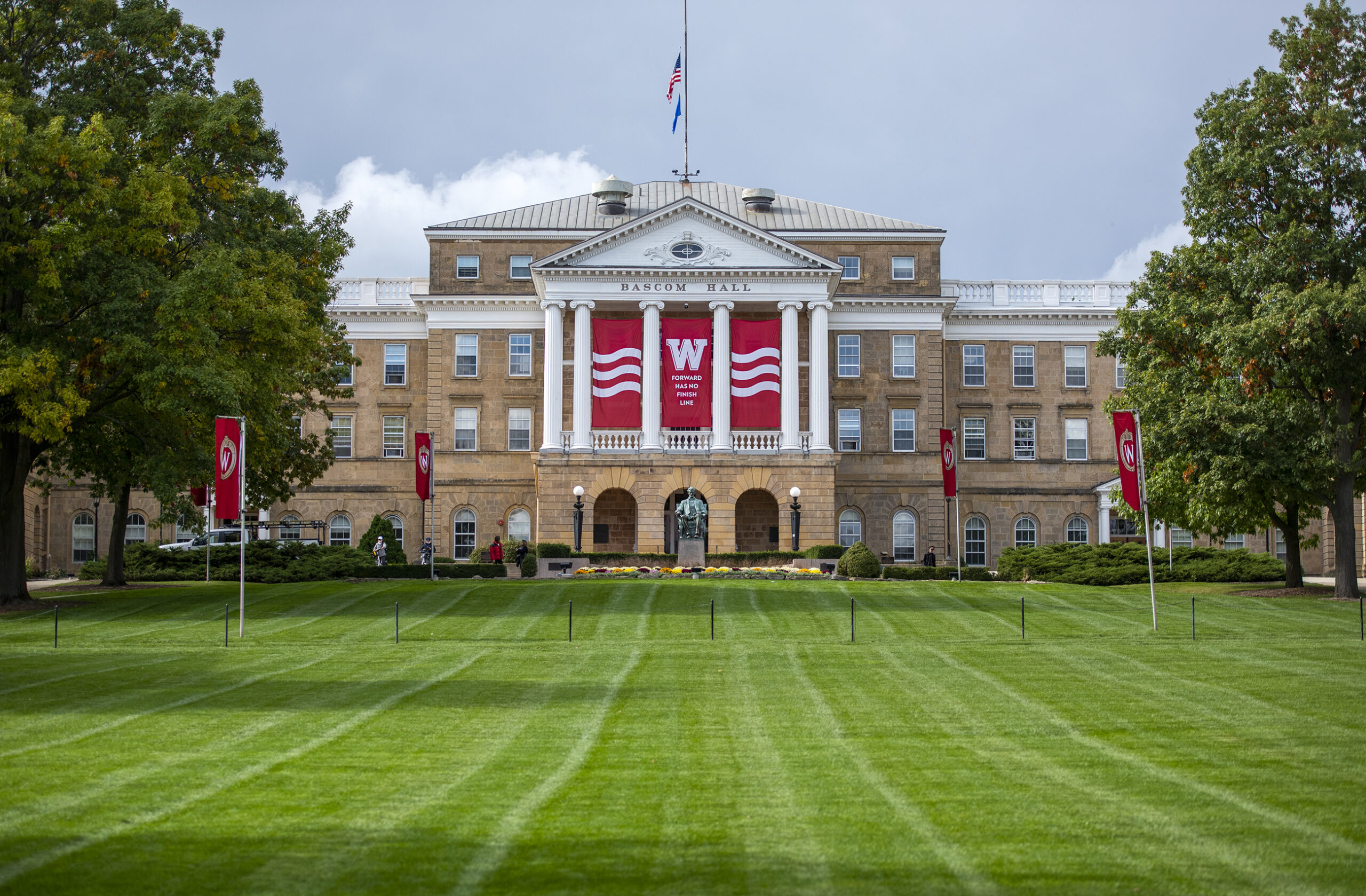Nationally, more students are going to medical school than ever before. In Wisconsin, the state’s two medical schools have also increased enrollment, but this comes at a time of a predicted doctor shortage in the Badger state.
The number of students enrolling in medical schools across the nation topped 20,000, according to the Association of American Medical Colleges. That is because more medical schools and satellite campuses are opening up.
The Medical College of Wisconsin will start a campus in Green Bay this year and Wausau next year in the hopes the graduating doctors will eventually practice locally. Joseph Kerschner, dean of the Milwaukee-based medical school, said that they see an opportunity to expand their services.
Stay informed on the latest news
Sign up for WPR’s email newsletter.
“The Medical College of Wisconsin’s community education programs in Green Bay and central Wisconsin are completely unique programs that really have not been done on a major scale in the U.S. before,” he said.
The Green Bay campus will have 25 medical students while the main Milwaukee campus has 204.
Wisconsin’s other medical school is at the University of Wisconsin-Madison.
Kurt Hansen, assistant dean for admissions at UW School of Medicine and Public Health, said over the last six years, the entering class has grown from 150 students to 176.
“Certainly, we have increased our enrollment, but you’re limited in your enrollment by the number of students you can actually educate,” he said.
Hansen said the biggest “bottleneck” is residency — the training that students get after medical school. Both Hansen and Kerschner said that they would like the federal government to pay for more residency training, but a report from the Institute of Medicine questioned the need for increasing residency spots.
Instead, the report’s authors say doctors aren’t located where they’re most needed. In a report issued three years ago, the Wisconsin Hospital Association predicted by 2030 there would be a shortage of doctors, especially in primary care and psychiatry.
Wisconsin Public Radio, © Copyright 2024, Board of Regents of the University of Wisconsin System and Wisconsin Educational Communications Board.






